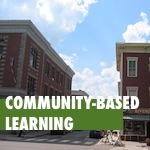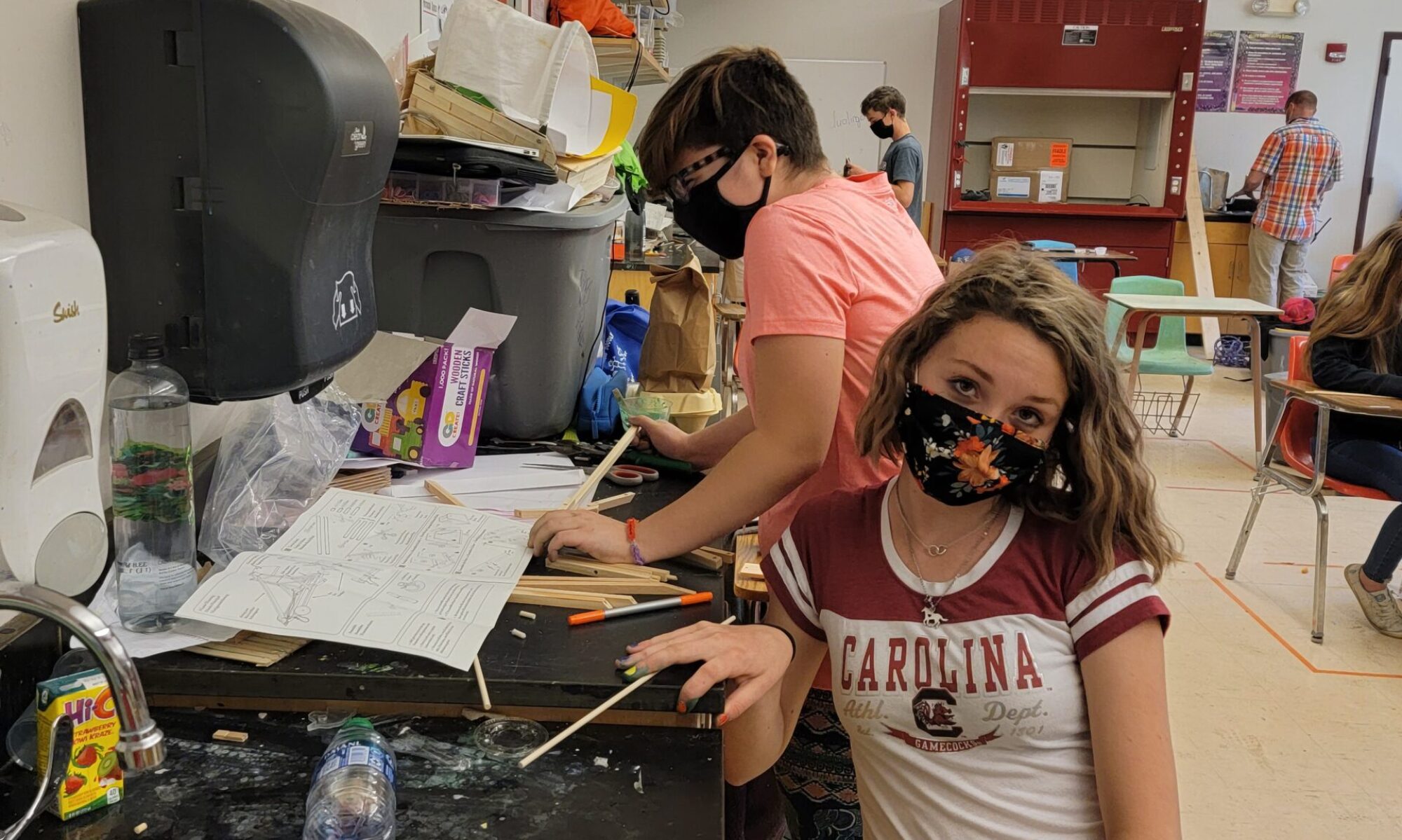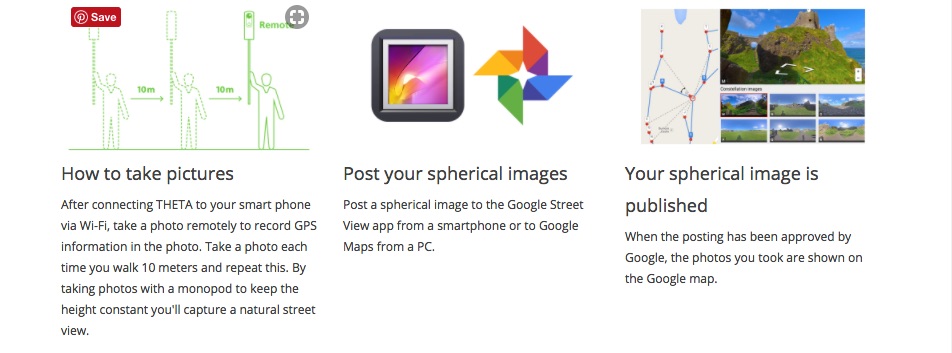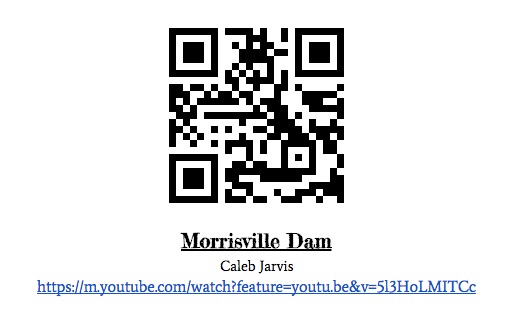Place-based learning with real world implications
 For your students, learning about the local landscape can be amazing. What’s that tree? How long has that building been here? What does that plaque, “1927 Flood Level” mean?
For your students, learning about the local landscape can be amazing. What’s that tree? How long has that building been here? What does that plaque, “1927 Flood Level” mean?
Here’s 3 tech-rich ways to study local history: by updating your town on Google Maps, creating a QR code-powered history walk or shooting a historical documentary. Roll tape!
1. Update Google Maps for your town
Google Maps’ Street View is an amazing tool for learning about the world, but the Google Street View car is… infrequent. But what you might not know is that with a 360-degree camera and a meta-data editor, you and your students can film updated shots of your town to send to Google.
We are not making this up.
There are three steps to updating your Street View. First, record new footage with a 360-degree camera. Then, mark up that footage with appropriate GPS data. Finally, submit the new footage to Google for approval.
Students at a school in Eminence, KY did exactly this to update the Google info for their small, rural town. And their tech integrationist explains how it worked.
(Hint: mount your camera in an open backpack. Have someone count off the meters between shots.)
2. Create an augmented reality tour
Students at Lamoille Union High School researched the natural and industrial history of the Lamoille River, as well as some of the businesses and organizations that impact it. They recorded audio narratives showcasing their research, embedded them into QR codes, and posted those QR codes on pedestals along the river for visitors to enjoy.
This is a great time to talk about accessibility, as well! If a visitor can’t enjoy audio, how can they access your information?
#alwaysreadtheplaque #okaylistentotheplaquetoo
3. Shoot a historical documentary
Students at Mount Abraham Union High School, in Bristol VT, paired up with the Vermont Folklife Center to research and film documentaries about local buildings and businesses. One of them was the Monkton General Store, a business with a rich back-story that’s been in operation since 1908.

Many students love digital storytelling but need the structure of a specific project to bring their footage to fruition. And Vermont is so rich in historical architecture and meticulous record-keeping that there are ample authentic materials for students to use in telling the stories of their towns.
Setting up interviews with long-time community members builds the transferable skills of communication and involved citizenship.
Contact a local community group (hey historical societies, how you doin’?) and schedule a film fest. Ask community members to provide critical feedback on the documentaries.
Tap into budding filmmakers in your class and help them realize how much communities can enjoy documentaries made by young Vermonters.




Your point of view caught my eye and was very interesting. Thanks. I have a question for you.